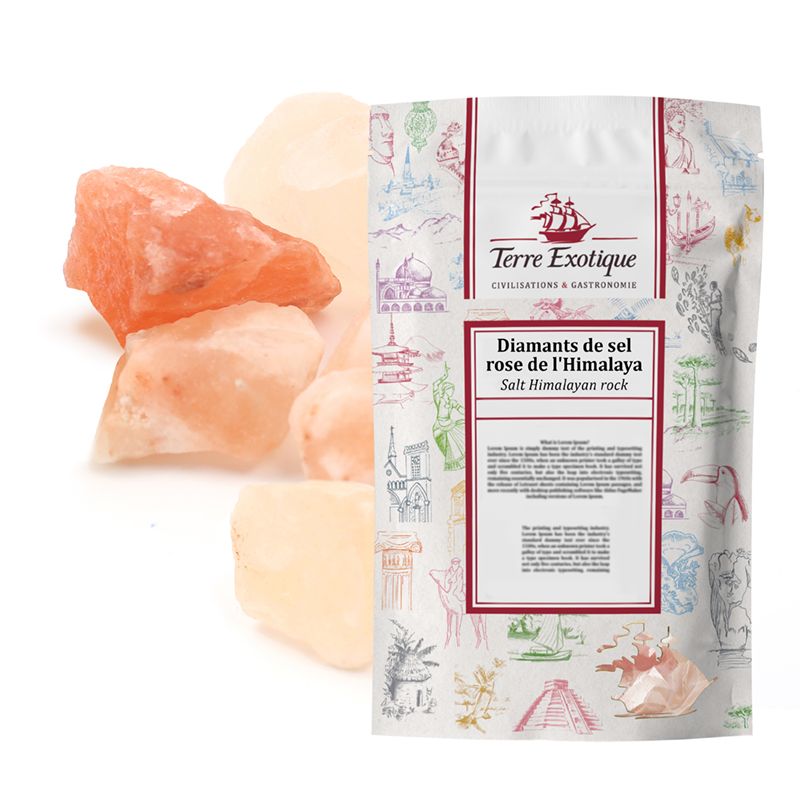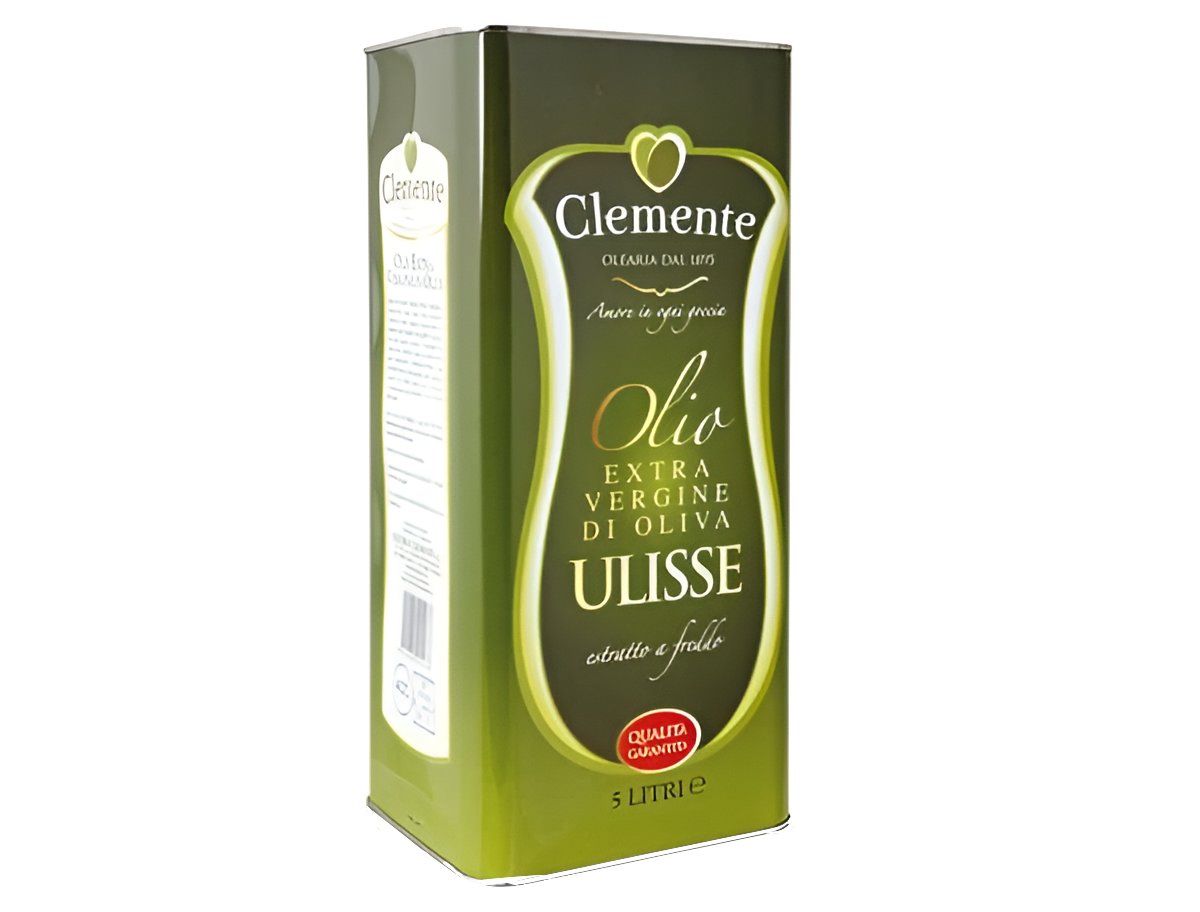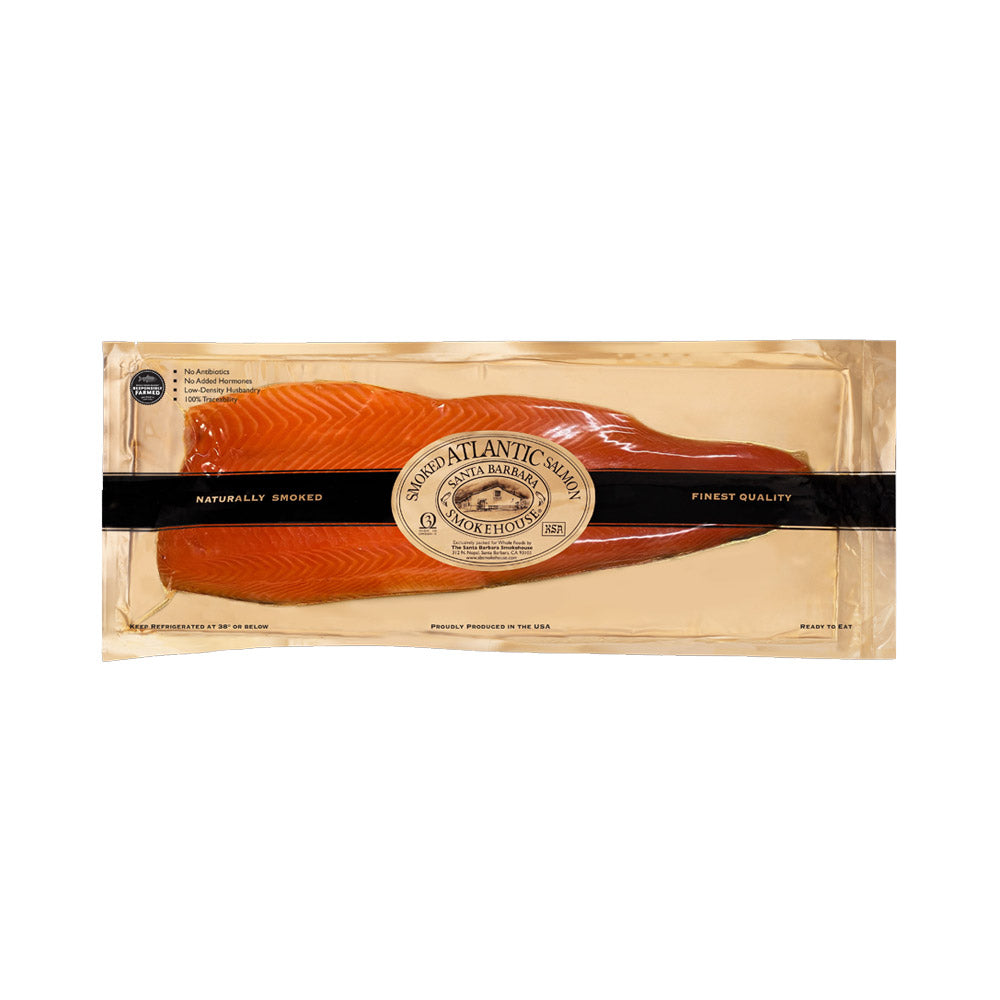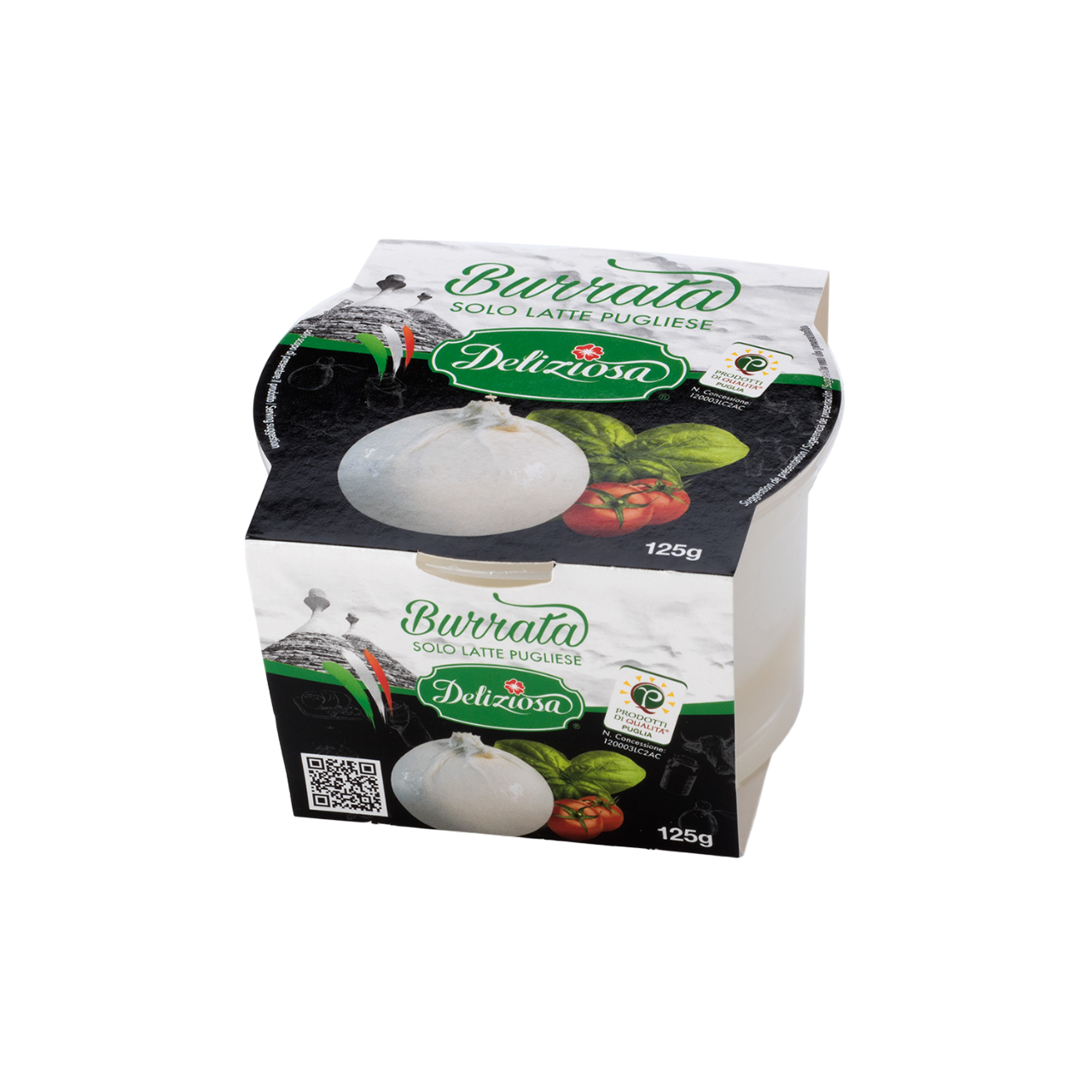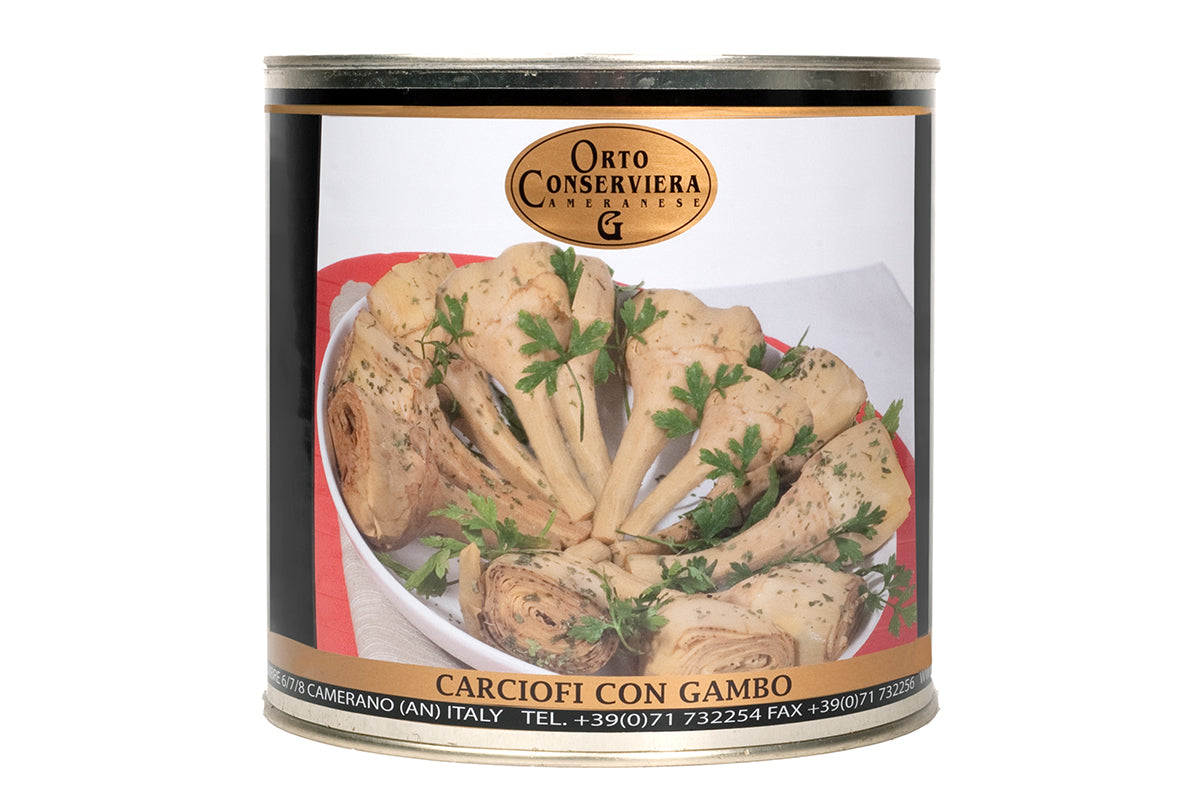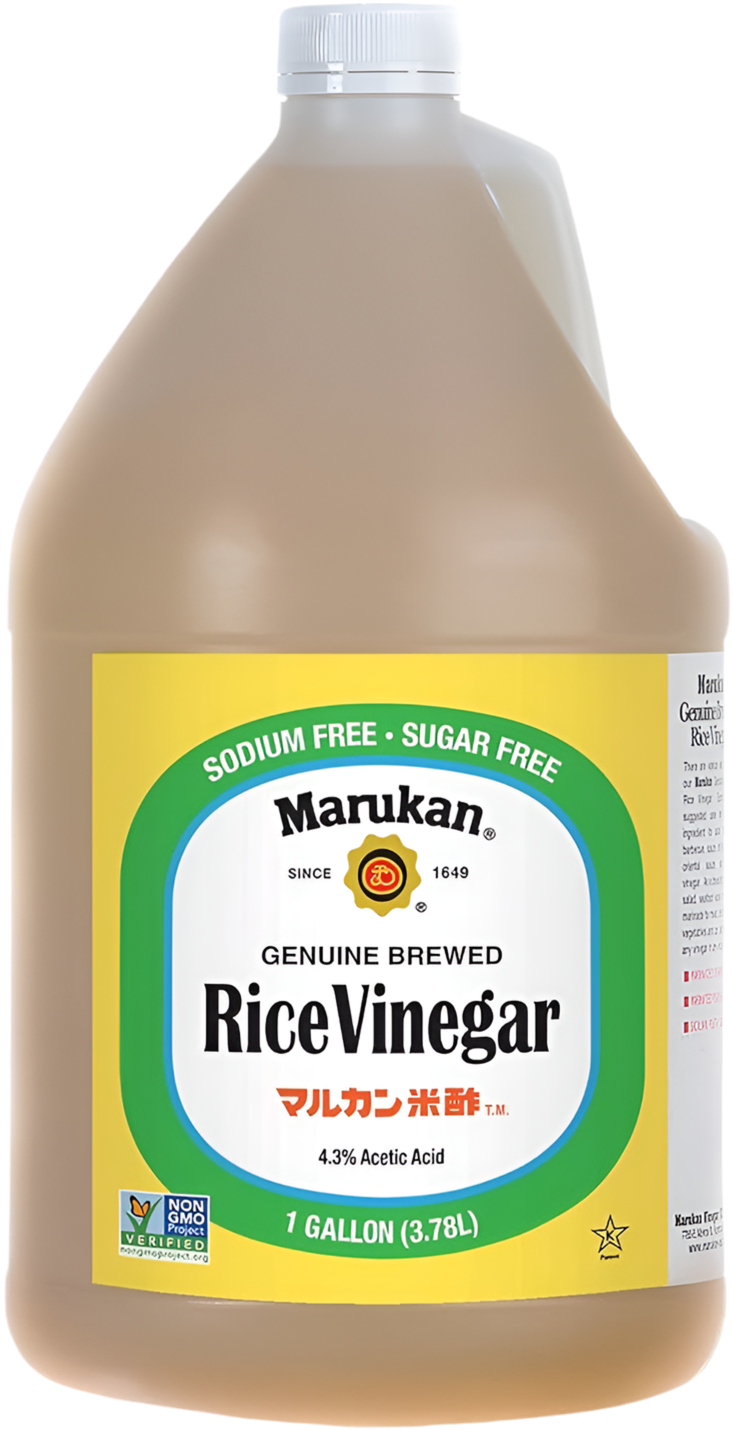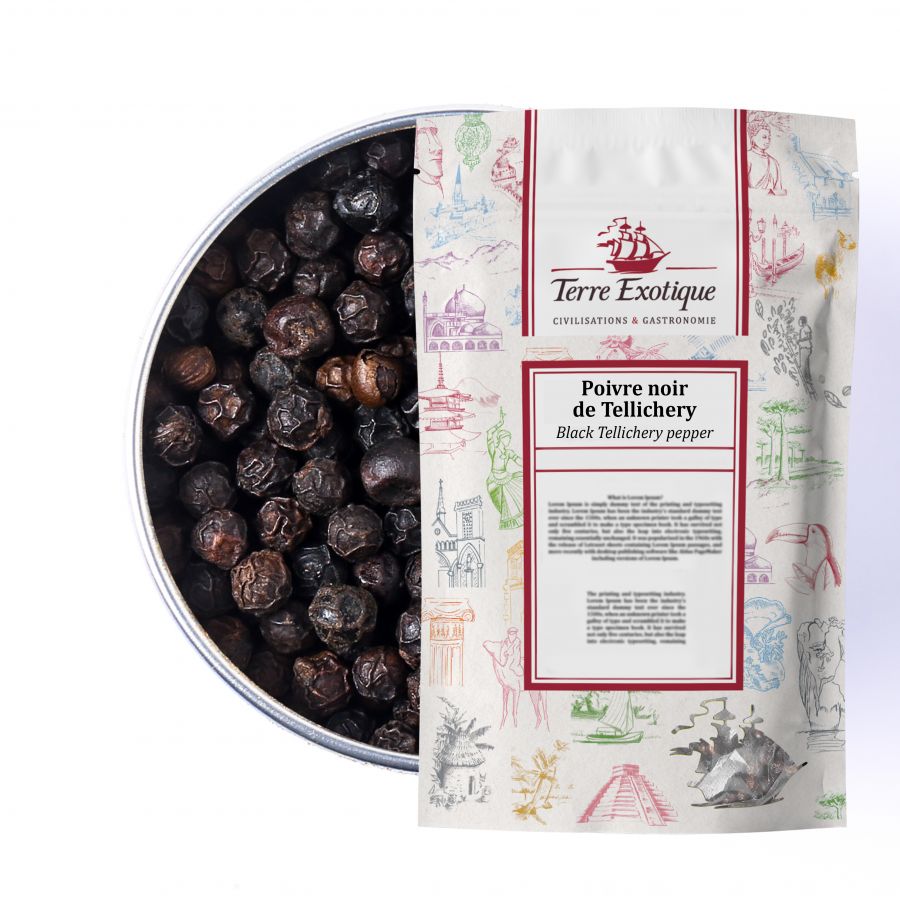Derived from the mines of Khewra, in the heart of the Himalayas, this rock salt is tinged by its iron content. Very pure, dry, and non-iodized, these large pink salt crystals will make a beautiful display when arranged as a table centerpiece. Your guests can then handle them as they please using a grater. Arrange these diamond blocks as a "table runner," and your guests can then handle them as they please using the grater. Guaranteed effects and originality!
A Few Recipe Ideas for Cooking with Block Diamond Salt
-
Exotic Fruit Salad with Diamond Salt: Use the grater to sprinkle some diamond salt on a salad of exotic fruits like mango, pineapple, and papaya. It will add an unexpected salty dimension that contrasts with the sweetness of the fruits.
-
Chocolate Cake with Diamond Salt: Add a pinch of diamond salt to the chocolate cake batter before baking. The salt will enhance the richness of the chocolate and add a touch of complexity to this classic dessert.
-
Risotto with Diamond Salt: Add a pinch of grated diamond salt to your risotto just before serving. It will elevate the flavors of the dish and add a pleasant crunchy texture.
-
Tuna Steak with Diamond Salt: Use the grater to sprinkle some diamond salt on grilled tuna steaks. It will add a touch of saltiness just before serving, highlighting the freshness of the fish.
-
Avocado Toast with Diamond Salt: Spread mashed avocado on toasted bread and sprinkle with grated diamond salt.
-
Diamond Salt Margarita: Prepare a classic margarita by mixing lime juice, orange juice, triple sec, and tequila. Serve it in a cocktail glass with a rim dipped in grated diamond salt.
The Aromas of Diamond Salt
With a slightly less salty flavor than fleur de sel, a slightly drier texture, and a neutral taste, diamond salt complements all dishes perfectly. Its pink hue is due to its iron concentration. This gemstone salt, non-iodized, is distinguished by its elegance and impressive appearance.
Diamond Salt, Jewel of the Himalayas!
The history of diamond salt dates back approximately 200 million years when the Himalayan range was formed as a result of the collision of the Indo-Australian and Eurasian tectonic plates, leading to the disappearance of the Tethys Ocean that separated them. Over time, the evaporation of the waters of this ocean left behind pink salt crystals, rich in minerals and trace elements.
Around 350 BCE, Alexander the Great is said to have been the first to bring this precious salt from Kashmir to Europe. At that time, it was reserved for deities and emperors, a testament to its exceptional value.
Today, these fossil marine salt crystals, also known as gem salt, mining salt, or earth salt, are delicately hand-extracted from the mines of Khewra, located in the heart of the Himalayas. They are free from any pollution, additives, and are unrefined, making them perfectly assimilable by the body. It is fascinating to note that these mines still contain nearly 600 million tons of salt, demonstrating the inexhaustible wealth of this natural resource.
